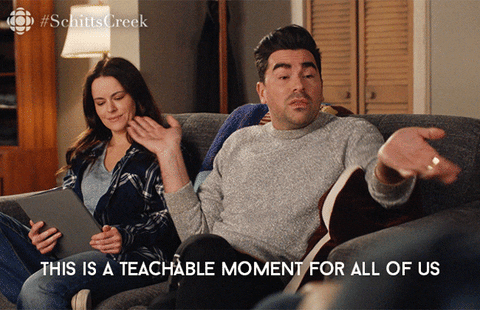Over the last 18 months, I’ve been fortunate enough to interview more than 70 innovation leaders on the Innovation Storytellers Show.
From Heads of Innovation to Chief Technology Officers, from authors to neuroscientists, consultants and their innovation clients, and from CEOs to experts in customer experience, I’ve learned so much from these conversations—and I hope you have, too.
So much so, that I wanted to do my best to package 70+ hours of learning into 7 lessons that have changed the way I think about innovation storytelling.
If you find this reflection helpful, I’d love to hear from you on LinkedIn.
Oh, and on this week’s show, I also interviewed Trevor Bacon, CEO & co-founder of Parcl, a blockchain-based platform that allows users to invest in a digital square foot of physical real estate in neighborhoods around the world.
You can listen to our conversation here.
Alright, onward!
- Be prepared to learn what doesn’t work
Just as almost all innovations are the result of learning from failures, almost all innovation stories aren’t articulated in a way that everyone can readily understand and get on board with right out the gate.
Stop trying for perfection, get an innovation story out there that’s good enough for right now, and then continue to shape it moving forward.
What’s most important is that you listen for the feedback and reactions to the story, so you can constantly tweak it and make it better—just like your innovation.
- Own problems, not solutions
When you develop innovation stories from the perspective of solving even a piece of an underlying problem, you move beyond the features/benefits paradigm and get to the heart of making someone’s life better. It’s the goodwill story that lights up your listener’s brain and gets them solving the problem with you.
Ask yourself, “What problems are people experiencing, and how are you solving for that?”
- Tell more stories during times of crises
Innovation storytelling is even more important in times of VUCA (Volatility, Uncertainty, Complexity, and Ambiguity)—especially if you want to build trust in your organization, strengthen peoples’ resilience, and give them hope about how you’ll bring them through a crisis to better times.
Storytelling breeds connections and engagement, which are critical components to get your team through the up and downs… together.
- Find the place where money and morality come together
When you allow financial and moral perspectives to drive your storytelling, that’s where the magic happens, according to Michael Hecht, President & CEO of Greater New Orleans Inc. Take into account the values that matter most to your audience, and make sure they understand the greater impact that they will benefit from when you reach your purpose.
- Don’t just tell
Innovation storytelling isn’t just about telling; it’s about listening.
Don’t just ask key stakeholders the negative “What’s going wrong?” questions, but use Appreciative Inquiry (the “AI” of Innovation Storytelling) to ask, “What’s working?”, “What if we could…?”, and other strength-based questions.
This will surface the imaginative opportunity that lives in great future-focused stories, just as it does at places like NASA (check out our interview with Chris Mattmann).
- Lead with empathy, always
Tell stories that take into account how people feel by flexing your empathy muscle every chance you get. As Josh Cohen, Managing Partner at Giant Innovation, describes it, “Anything you do has to have human emotions as the backdrop.”
- Inspire people to believe in themselves
Just as the greatest innovations are the ones that have the power to impact the lives of people, so the greatest stories can help someone see the possibilities that exist and envision themselves taking an active role in co-creating them. Now that’s powerful.
What else would you add to this list?
This Week’s Best Articles on Innovation
Analysis of Email Traffic Suggests Remote Work Might Stifle Innovation – MIT News
How to Livestream the Fast Company Innovation Festival – Fast Company
How Your Company Can Encourage Innovation From All Employees – HBR
The Darkside of Frictionless Technology – The Atlantic
The Wonder of New Ideas – Stanford Social Innovation Review

